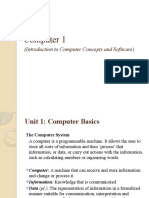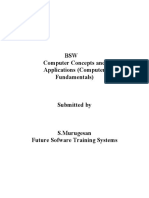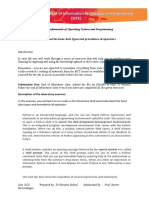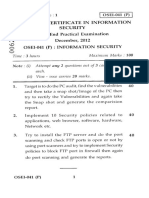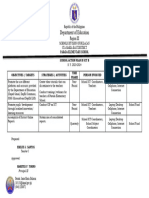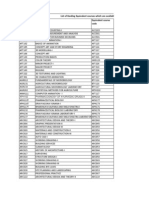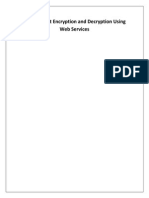0% found this document useful (0 votes)
39 views19 pagesIt Elec 1 Chapter 1 Module
The document provides an overview of computers, defining them as programmable electronic devices that process data through input, processing, storage, and output functions. It details the components of a computer system, including hardware, software, and humanware, and categorizes software into system software and application software with examples. Additionally, it outlines various types of application software used for tasks such as word processing, spreadsheets, and graphic design.
Uploaded by
Cheyenne Alexa Nactor SablayCopyright
© © All Rights Reserved
We take content rights seriously. If you suspect this is your content, claim it here.
Available Formats
Download as PDF, TXT or read online on Scribd
0% found this document useful (0 votes)
39 views19 pagesIt Elec 1 Chapter 1 Module
The document provides an overview of computers, defining them as programmable electronic devices that process data through input, processing, storage, and output functions. It details the components of a computer system, including hardware, software, and humanware, and categorizes software into system software and application software with examples. Additionally, it outlines various types of application software used for tasks such as word processing, spreadsheets, and graphic design.
Uploaded by
Cheyenne Alexa Nactor SablayCopyright
© © All Rights Reserved
We take content rights seriously. If you suspect this is your content, claim it here.
Available Formats
Download as PDF, TXT or read online on Scribd
/ 19







